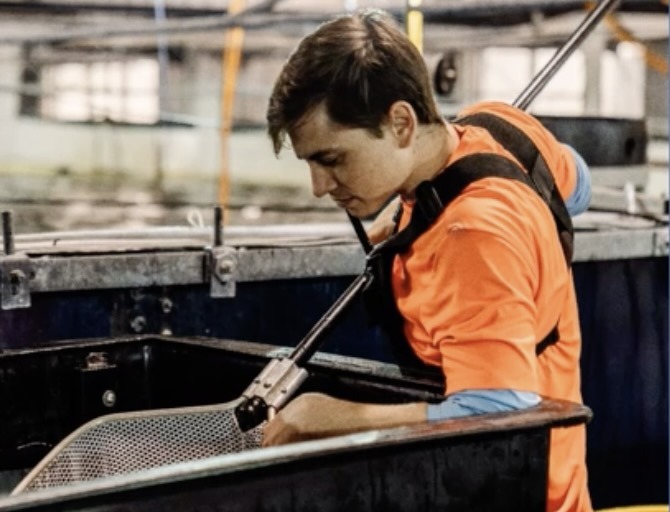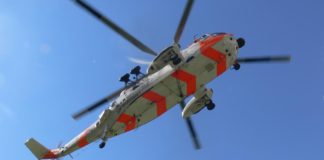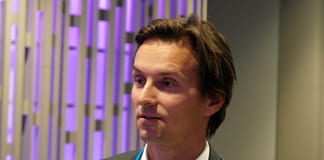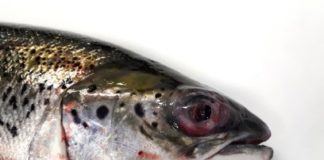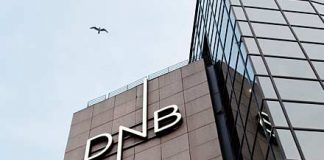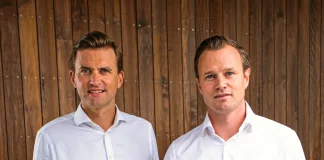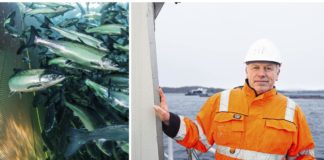Conserving cash is a core priority for Atlantic Sapphire as it struggles to reach profitability.
The land-based salmon producer said it has $53M in cash and it is keeping its capital spending to no more than $15M until it can reach profitability so it can then access a bank loan of around $100M, which it will use toward the construction of the Phase 2 facility. The estimated cost of Phase 2 is now between $275M and $300M, suggesting that additional financing will be required.
Access to the loan financing has been delayed because one of the bank’s conditions is the company reaches profitability. But the operational problems in October, which led to a premature harvest of a significant number of fish, have held the company back from reaching that stage.
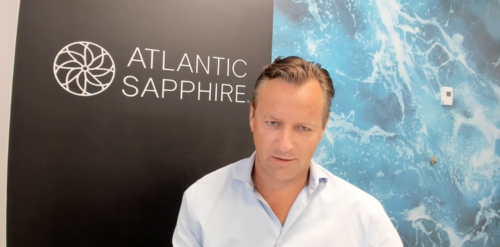
“The main focus for Atlantic Sapphire now is to reach profitability,” said company CFO and managing director, Karl Øystein Øyehaug. “There are three important areas to attack in order to get there: first higher production volumes; second higher price achievement; and third lower fixed costs.”
“The fact that such a large part of this equation is the fixed cost element illustrates the sensitivity to production volumes in our business,” said Øyehaug.
The company produced 1,560 MT of salmon in Q3. It expects to produce 800,000 to 1 million fish in the second half, with each fish – the company hopes – weighing 3 to 4 kg each. For this size range, the company said it was getting a consistent $12/kg. However, the early harvest of smaller fish resulted in an average price achievement of $7/kg in September and a similar price is expected for October.
The focus now remains on value engineering to optimize cost and efficiency. It has installed operational improvements – a new chiller system, additional tank lights and new ozone system – all meant to optimize operations and reduce expenses.
“We do expect that steady state production and profitability starting by the end of Q1 of 2023. We see that our product quality is increasing every month. Obviously, I wish this has taken a short time (to achieve) but we are getting closer and closer,” said chairman and CEO Johan Andreassen.



